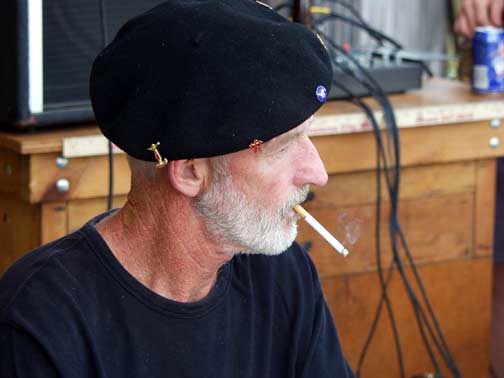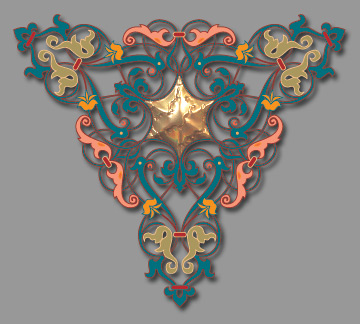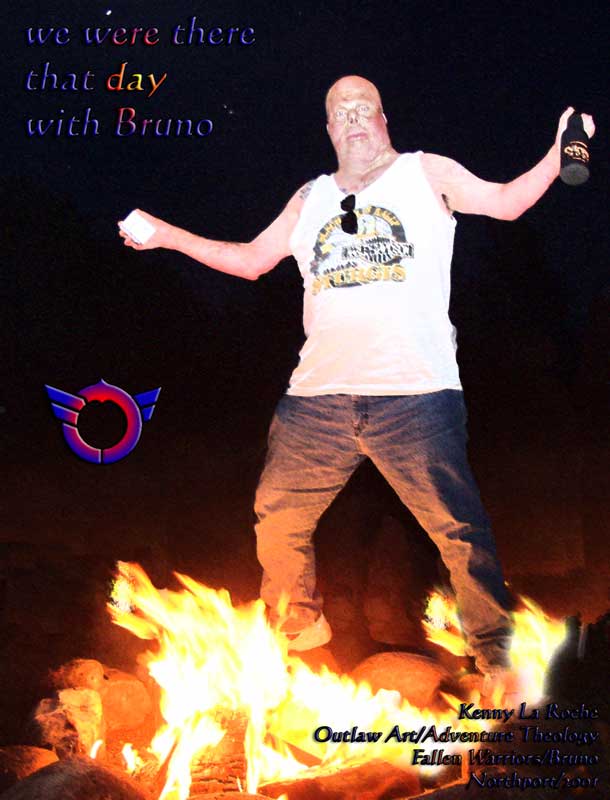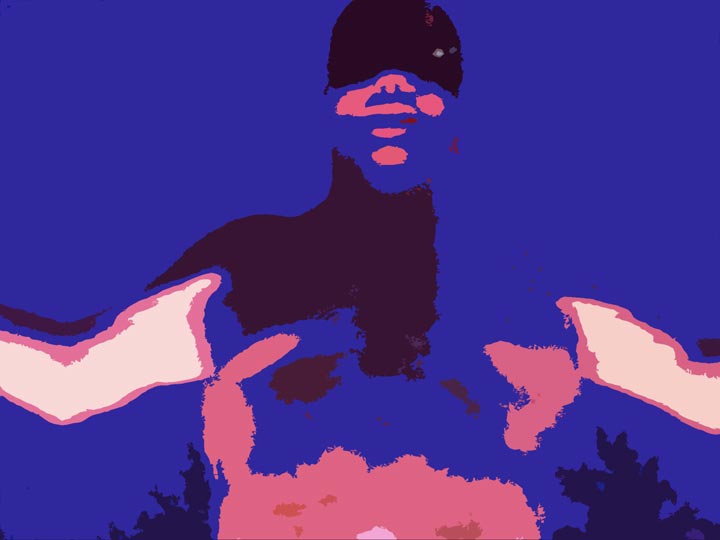 |
 |
 |
 |
||||||||
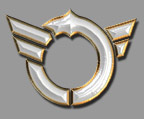 |
|||||||||||
 |
 |
||||||||||
 |
|||||||||||
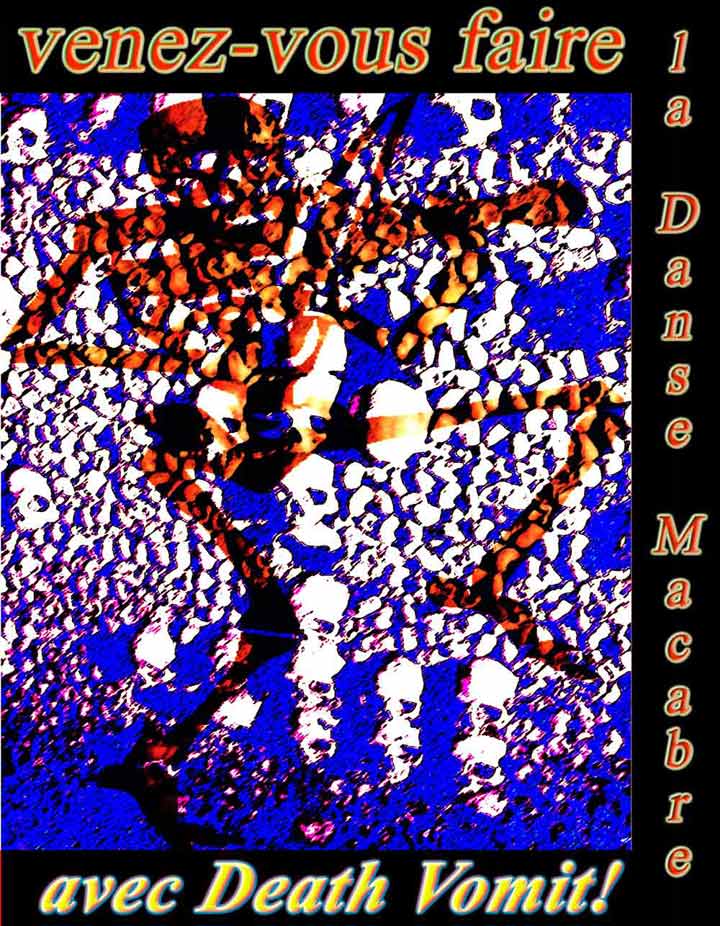
According to Wikipedia: "The Feast of Fools is the name given to popular medieval festivals regularly celebrated by the clergy and laity of the Roman Catholic Church from the 5th century to the 16th in several countries of Europe. The Feast of Fools was an imitation of the Roman Saturnalia, and, like that festival, was also celebrated in December. The young people, who played the chief parts, chose among their own number a mock pope, archbishop, bishop, or abbot. Participants would then 'consecrate' him with many ridiculous ceremonies in the chief church of the place, giving names such as Archbishop of Dolts, Abbot of Unreason, Boy Bishop, Pope of Fools. The ceremonies were often travesties mocking the performance of the highest offices of the church, while other persons, dressed in different kinds of masks and disguises, engaged in indecent songs and practiced all possible follies within the church building. . . The Council of Basel in 1431 imposed prohibitions, yet the feasts survived in France until 1644."
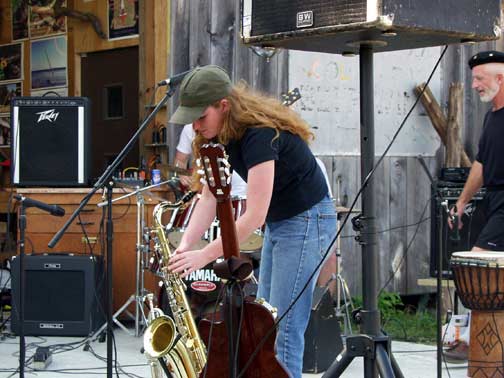
James McKinnon writes in the Encyclopedia of Medieval France: "In addition to processions required by the liturgical calendar, it was customary to arrange for them in special circumstances, for example, to pray for rain, peace, or relief from plague. Rogation processions and others of agricultural significance, moved out into the countryside, while the late medieval Corpus Christi procession made its way thru the streets of the town in a carnival-like atmosphere."
